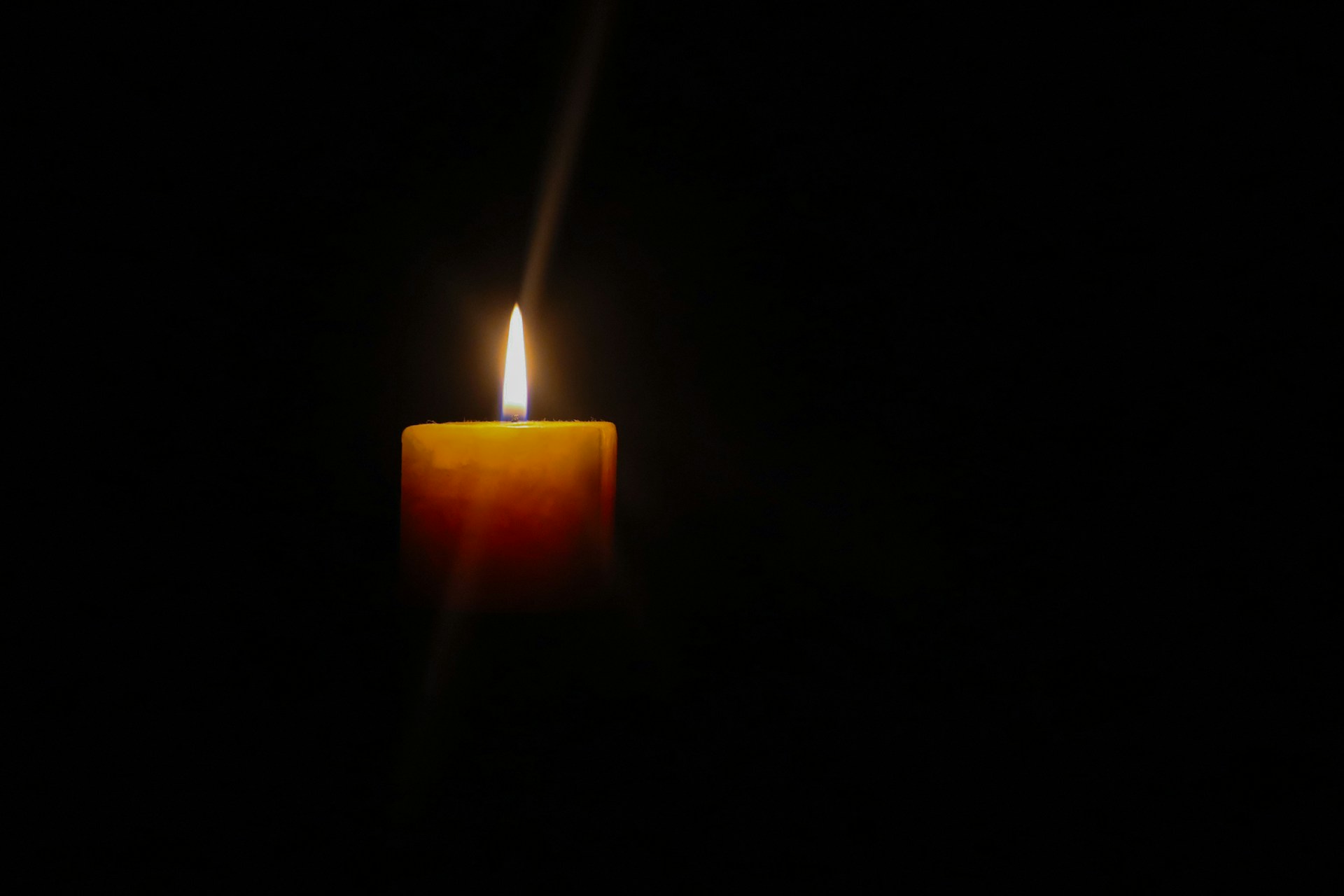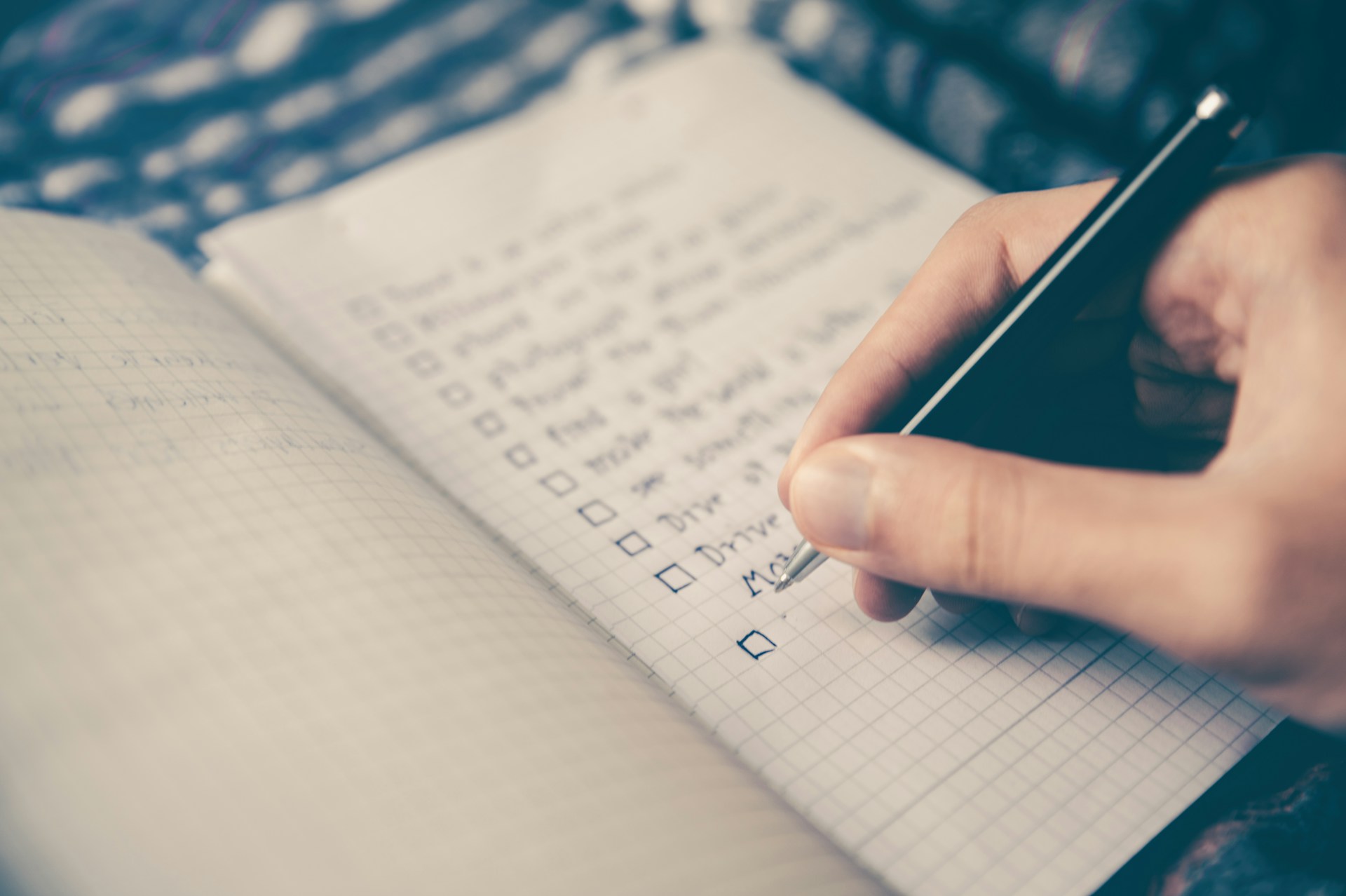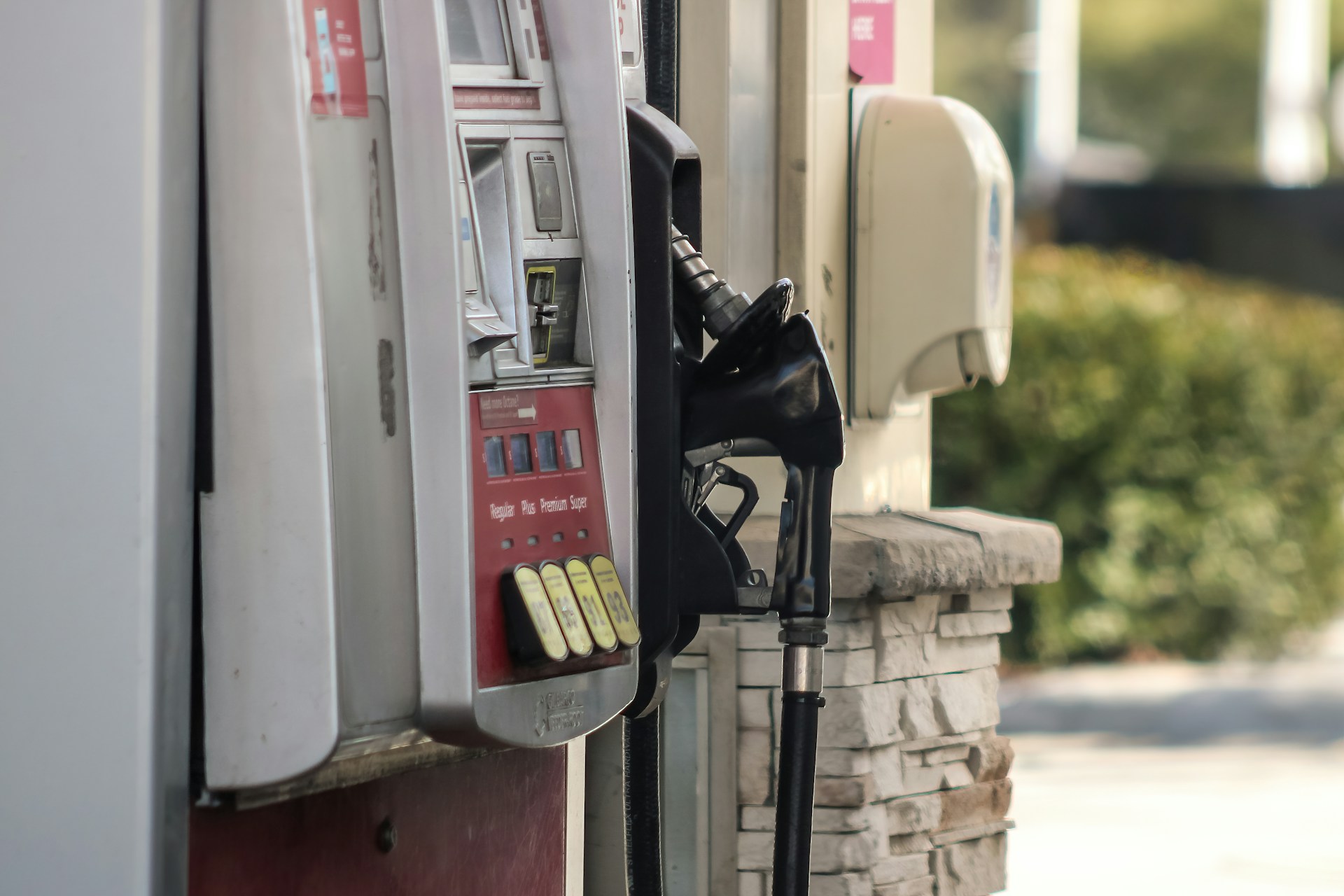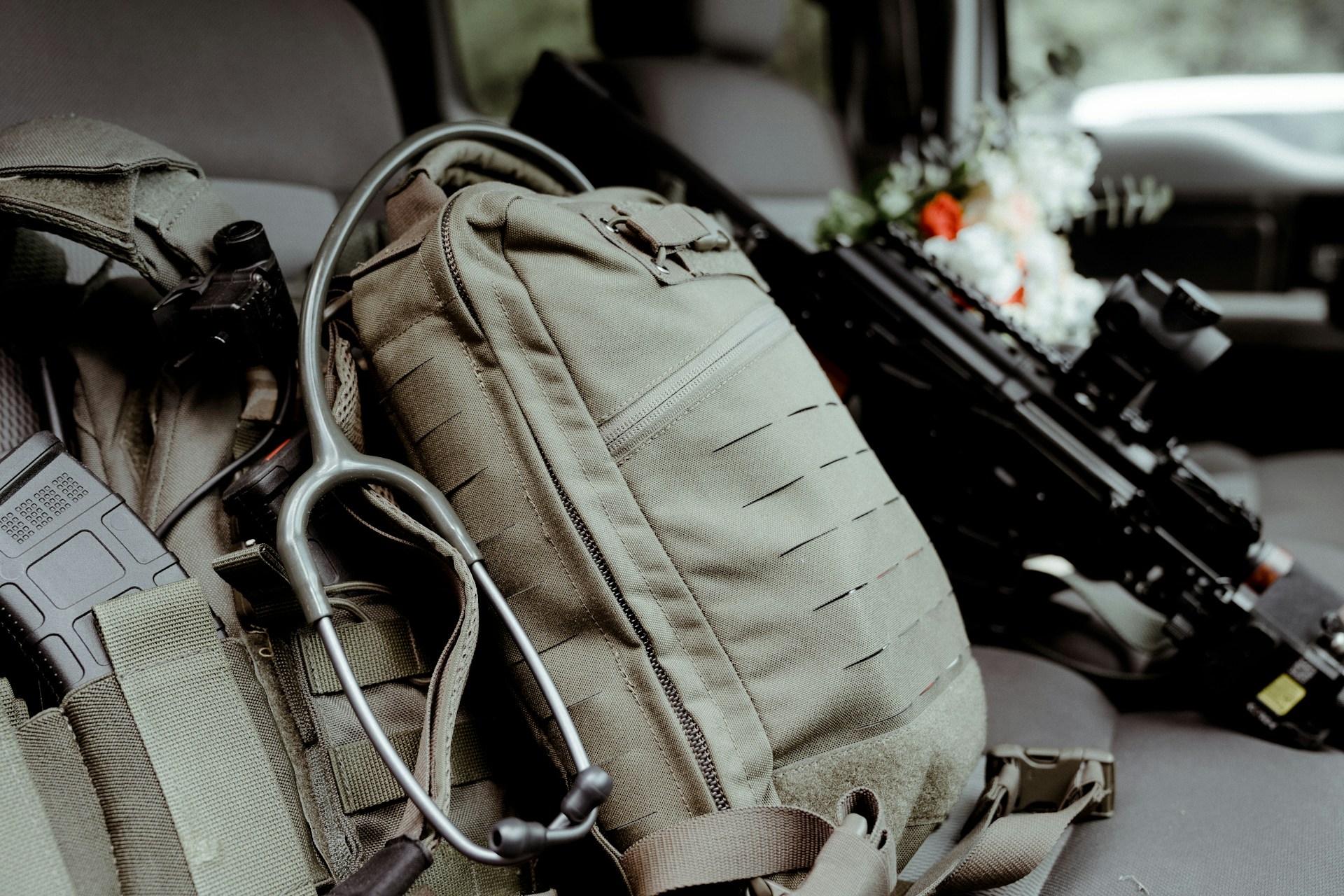Preparedness
Survive Blackouts: Essential Gear for Unexpected Power Outages

When the power goes out, it’s not just an inconvenience; it can be downright dangerous. Navigating your home becomes a challenge, panic can set in, and securing your property is nearly impossible. If a blackout extends beyond a few hours, the situation can quickly escalate into a significant problem.
Blackouts can be triggered by various events, including solar flares, electromagnetic pulses (EMPs), or natural disasters. These grid-down scenarios are among the most disruptive emergencies you might face. It’s crucial to be prepared in advance to keep your family safe when the lights go out—and stay out.
Many people consider blackouts to be temporary nuisances, expecting power to return after a short while. But what if it doesn’t? There are two significant threats that could leave large areas in darkness for weeks or even months: solar flares and EMP attacks. These are real, documented threats that experts are concerned about today.
We are currently entering the most active phase of the solar cycle, and scientists anticipate an increase in the frequency and intensity of solar storms, also known as coronal mass ejections (CMEs). These bursts of energy from the sun have the potential to disable satellites, GPS, and entire power grids. Such storms can disrupt essential infrastructures, including oil pipelines, power grids, and undersea communication cables.
A historical example is the solar storm of May 2024, which disrupted GPS systems in the Midwest, affecting hundreds of farms by interfering with the navigation systems of tractors. Similarly, in March 1989, a CME hit Earth, knocking out Quebec’s power grid and leaving millions without electricity for 10 hours. The most powerful solar storm recorded, the Carrington Event of 1859, caused widespread disruption, affecting telegraph systems and creating spectacular auroras visible as far south as Cuba and Honolulu.
“The Baltimore American and Commercial Advertiser” described the 1859 event: “Those who happened to be out late on Thursday night had an opportunity of witnessing another magnificent display of the auroral lights.” The effects on the telegraph and atmospheric magnetism were unprecedented, with telegraph operators receiving electric shocks and systems failing across Europe and North America.
Scientists agree that a similar event today could have catastrophic consequences, disabling critical infrastructure across the United States and beyond. EMPs, or electromagnetic pulses, are another threat, capable of frying electronics and shutting down infrastructure in seconds. According to Energy.gov, EMPs are “temporary electromagnetic signals that can disrupt, degrade, and damage technology and critical infrastructure systems across large areas.”
EMPs can occur naturally, such as from solar storms, or be man-made, like a nuclear EMP detonated high in the atmosphere. Such an event could cripple everything from power grids to tiny circuits in electronics, affecting cell towers, internet lines, and any system reliant on metal wiring. Even a localized EMP could create a disaster zone overnight, with grocery stores emptying, fuel stations going offline, and ATMs becoming useless.
To navigate a blackout, having reliable, multi-functional gear is essential. Here are some recommended items for every blackout kit:
First, a versatile flashlight that doubles as a survival tool is crucial. This solar or USB-powered light includes a seatbelt cutter, glass breaker, emergency strobe, compass, and a built-in magnet for attachment to your car or shelter walls. It also functions as a power bank for small devices and is water-resistant. Keep one in every vehicle and bug-out bag.
A USB-rechargeable lighter is another valuable tool. Windproof and flameless, it includes a 100-lumen flashlight for quick visibility in the dark. It’s ideal for lighting candles, lanterns, or fire starters when matches or gas lighters fail. Available in packs of three, they can be stashed in different areas of your home or bag.
For long-lasting light, odorless and smoke-free candles that burn for up to 100 hours each are essential. They provide soft, steady light for days and can be used for cooking, warmth, or light in extended blackout scenarios.
For home security during a blackout, consider motion-activated outdoor lights that charge by day and activate at night. These solar-powered lights keep your property lit and deter unwanted visitors.
A solar generator with EMP Intercept Technology is a must-have. This system is engineered to withstand the devastating effects of a high-altitude nuclear detonation and automatically defends your power source without any manual intervention.
In a blackout, strategic use of your resources is key. Use flashlights and lanterns sparingly to conserve battery life. Rotate between solar and manual options to maintain charge. Set up perimeter lighting to navigate your property and deter intruders. Designate “light zones” to focus lighting only where necessary, such as the kitchen, bathroom, and a central room.
“Keep backup options handy,” such as candles and plasma lighters, to provide flexibility depending on the blackout’s length and severity. Use blackout curtains or heavy blankets to cover windows and prevent indoor light from leaking out, avoiding unwanted attention. In desperate situations, you don’t want to be the only house with visible power.
Let us know what you think, please share your thoughts in the comments below.

Preparedness
Discover the Ultimate Backup Plan for Any Disaster

In the unpredictable world of disasters, having a backup plan is crucial. Often overlooked until it’s too late, emergency supplies can be destroyed by the very events they are meant to mitigate. This not only results in replacement costs but also leaves you without essential survival items at the worst possible time.
Enter the bug-out bag—a prepper’s perfect “Plan B.” While it might not be immediately recognized as such, your bug-out bag can serve as a critical backup during a shelter-in-place emergency.
One classic prepper strategy is to distribute emergency supplies throughout different parts of the house. This way, if one section is compromised, not all is lost. However, if you haven’t managed to do this, a bug-out bag stored in an easily accessible spot, like under the stairs or next to the door, ensures you have a fallback option.
In the words of many disaster survivors, “during most major emergency events, there’s a strong chance you’ll be alone the first few days waiting for even the slimmest rescue assistance.” A well-stocked bug-out bag should provide 72 hours of food, which can be just enough to tide you over until help arrives or you can secure a more sustainable food source. While a two-week food supply is ideal, as even FEMA advises, having enough for three days can be crucial during the initial chaos.
Water is another critical component. A 72-hour supply of water can be a lifesaver until you find a more substantial source. “If your bug-out bag has a half-decent water filter, you’ve got the most important tool to stay hydrated for many weeks or months.” Even a basic water source, like a pool, can become viable with a good filter, ensuring you stay hydrated.
Beyond severe disasters, your bug-out bag’s water supply can be invaluable during minor emergencies like power outages, boil advisories, or frozen pipes. Having those 72 hours of water on hand can prevent you from tapping into your long-term reserves prematurely.
Power outages are a common denominator in many disasters, be it earthquakes, hurricanes, wildfires, or blizzards. Your bug-out bag should include power sources like batteries and solar chargers. These can keep essential devices, such as flashlights and chargers for radios or cell phones, operational. “A flashlight keeps you from injuring yourself in the dark, and a device charger keeps your radio and/or cell phone juiced.”
In any disaster scenario, a power outage is almost guaranteed. Having extra light sources in your bug-out bag ensures you are prepared, even if one breaks or you have additional people needing assistance.
Ultimately, while no plan is foolproof, a well-prepared bug-out bag can be your best ally when disaster strikes, ensuring that your “Plan B” is as robust as possible.
Let us know what you think, please share your thoughts in the comments below.
Preparedness
How Much Gasoline Should You Store for Emergencies?

In the event of an emergency, one of the first resources to disappear will likely be gasoline. The question is: how much emergency gasoline should you actually have on hand?
To answer this, start by evaluating your current gasoline usage. Americans consume a staggering amount of gas—over 374 million gallons annually, which equates to roughly 1.5 gallons per adult each day.
In scenarios where the power fails, gas pumps become inoperative, leading to long lines and widespread shortages. The key to avoiding such discomfort is to plan ahead by determining your gasoline needs and storing it safely for future use.
However, storing significant quantities of gasoline presents challenges. It’s wise to ensure that gasoline is only a part of your overall fuel strategy. Consider diversifying your fuel sources by incorporating propane, solar, and even wood-based options.
“Gas is highly flammable so make sure you store it safely.” Avoid storing gasoline inside your home, in direct sunlight, or near any heat sources. Use approved containers and adhere to safety guidelines to minimize fire risks. Also, be aware that local regulations may limit the amount of gasoline you can legally store.
When it comes to calculating your gasoline needs in a survival situation, some basic math can help. Assume a vehicle with a fuel economy of 15 miles per gallon and a 15-gallon tank capacity. This setup provides a range of 225 miles per full tank.
In a survival scenario, ensure your bug-out location is within a single tank’s range, as refueling might be challenging or impossible. For instance, if your destination is 200 miles away, you’ll need 30 gallons for a round trip of 400 miles, with some extra for contingencies. If you start with a full tank, you’d only need an additional 15 gallons stored.
Most people rely on inverter generators in emergency scenarios due to their mobility and quieter operation. While generator efficiency varies, they typically have a one-gallon capacity and can run between three to eight hours on that gallon. If you run your generator four to six hours daily, you might use 1.25 gallons per day, totaling 37.5 gallons for a month.
Combining these needs, your total gasoline requirement could reach 67.5 gallons. This figure may seem daunting, but it’s crucial to assess your specific fuel needs. If you don’t need to drive to a bug-out location or if the weather is mild, you can significantly reduce your fuel consumption.
Consider this information not as a rigid guideline but as a catalyst for reevaluating your gasoline needs and exploring alternative fuel sources.
Let us know what you think, please share your thoughts in the comments below.
Preparedness
Discover the Unexpected Joys of Being a Prepper

Reflecting on recent years, it’s clear that being a prepper has offered me a sense of gratitude and peace of mind that many may not experience. The world has faced its fair share of challenges, with disasters—both natural and man-made—making headlines frequently. The rush to stock up on essentials during lockdowns highlighted the importance of being prepared. People scrambled for items like hand sanitizer and toilet paper, leading to a surge in demand for preparedness companies.
This situation underscored a significant advantage of being a prepper: peace of mind. When chaos ensues, knowing that your family is secure and you don’t have to join the frantic crowds is invaluable. Being a prepper means embracing self-reliance in all aspects of life. There’s a unique empowerment in knowing that your family possesses basic survival skills, whether it’s changing a tire, finding water, or starting a fire.
Moreover, preppers have the opportunity to assist others. In a blackout, you might be the only one with a flashlight, or the person with the necessary multi-tool to fix something. Your first aid skills could save a life, and your situational awareness might help avoid danger.
Self-reliance also reduces anxiety and enhances problem-solving skills. While many are familiar with the ‘fight or flight’ response, there’s a third: “Fight, Flight, or Freeze.” Unfortunately, anxiety can cause some to freeze. However, practicing basic skills makes it less likely for preppers to freeze, or if they do, it’s only momentarily.
Living a prepared lifestyle means being less of a burden during crises. If more people were ready for even short durations, there would be fewer store shortages and fewer people needing rescue, allowing faster aid to those truly in need.
Additionally, prepping aligns with environmental consciousness. While I don’t consider myself an environmentalist, I do value a healthy ecosystem. I want clean rivers and lakes for fishing, uncontaminated well water, and a thriving wilderness.
Regardless of when you began your prepping journey, every skill learned and item stored contributes to better preparedness for the future. It’s a lifestyle choice that offers much to be thankful for.
Let us know what you think, please share your thoughts in the comments below.
-

 Tactical1 year ago
Tactical1 year ago70-Year-Old Fends Off Intruder with Lead-Powered Message
-

 Tactical1 year ago
Tactical1 year agoVape Shop Employee Confronts Armed Crooks, Sends Them Running
-

 Preparedness11 months ago
Preparedness11 months agoEx-Ballerina’s Guilty Verdict Sends Tremors Through Gun-Owner Community
-

 Preparedness9 months ago
Preparedness9 months agoGood Samaritan Saves Trooper in Harrowing Interstate Confrontation
-

 Tactical1 year ago
Tactical1 year agoMidnight SUV Theft Interrupted by Armed Homeowner’s Retaliation
-

 Survival Stories2 years ago
Survival Stories2 years agoEmily’s 30-Day Experience of Being Stranded on a Desert Island
-

 Preparedness10 months ago
Preparedness10 months agoArizona Engineer’s Headless Body Found in Desert: Friend Charged
-

 Preparedness10 months ago
Preparedness10 months agoBoy Saves Dad from Bear Attack with One Perfect Shot